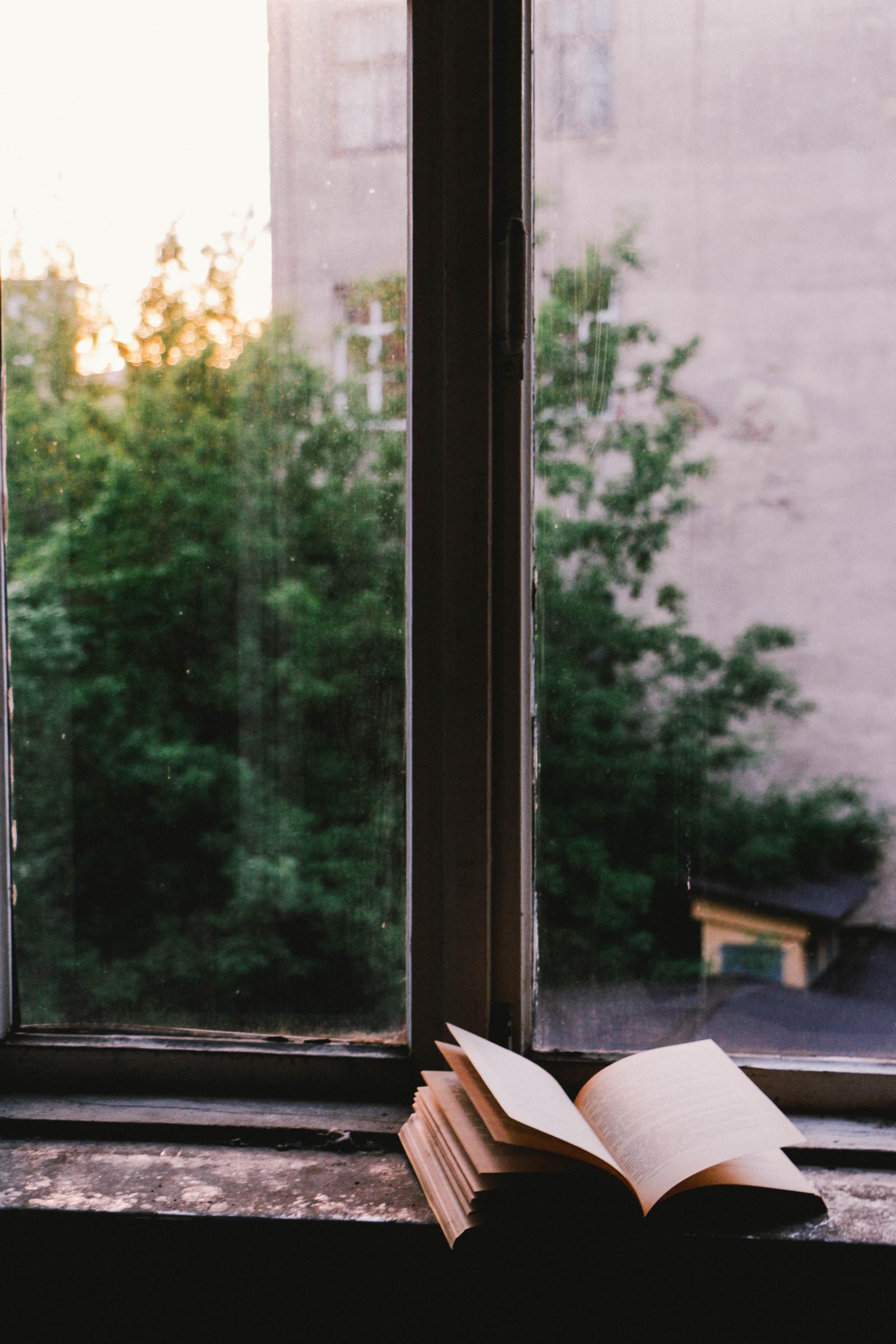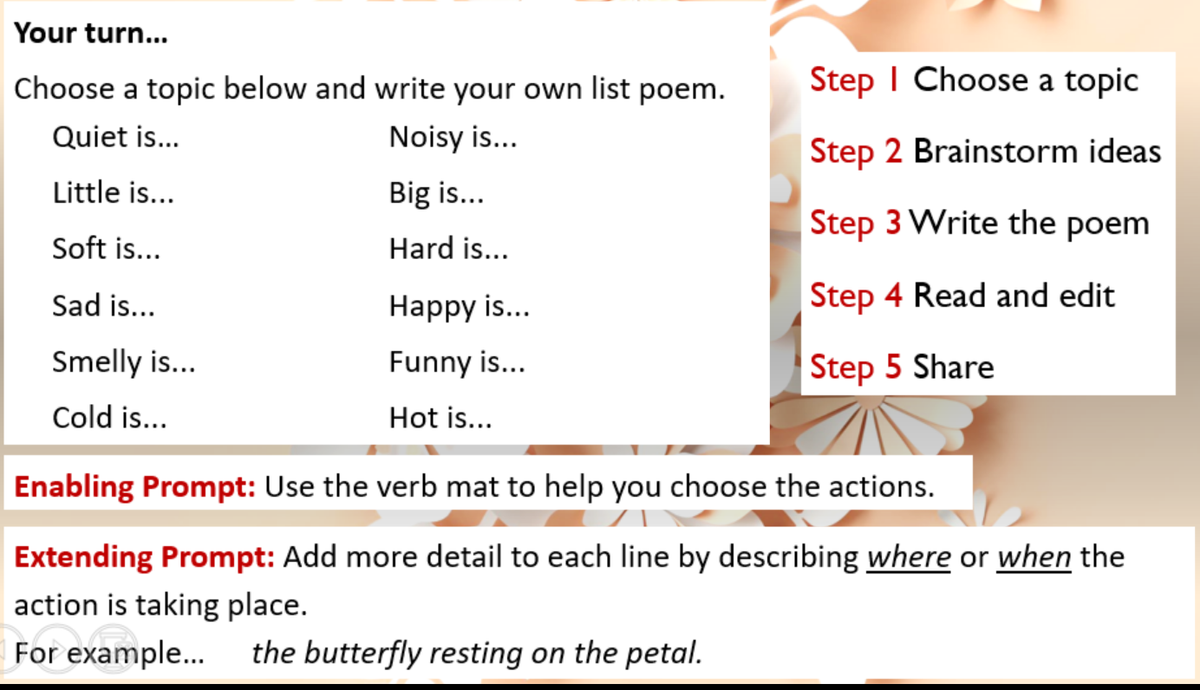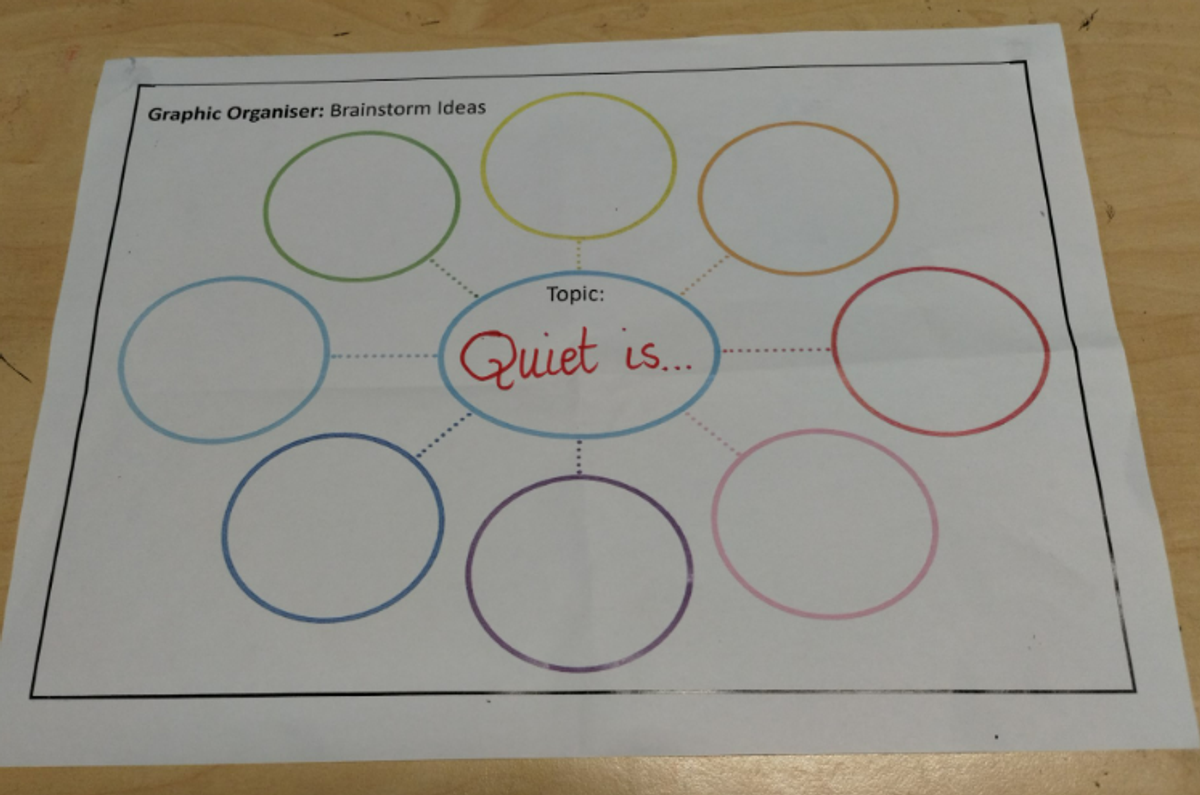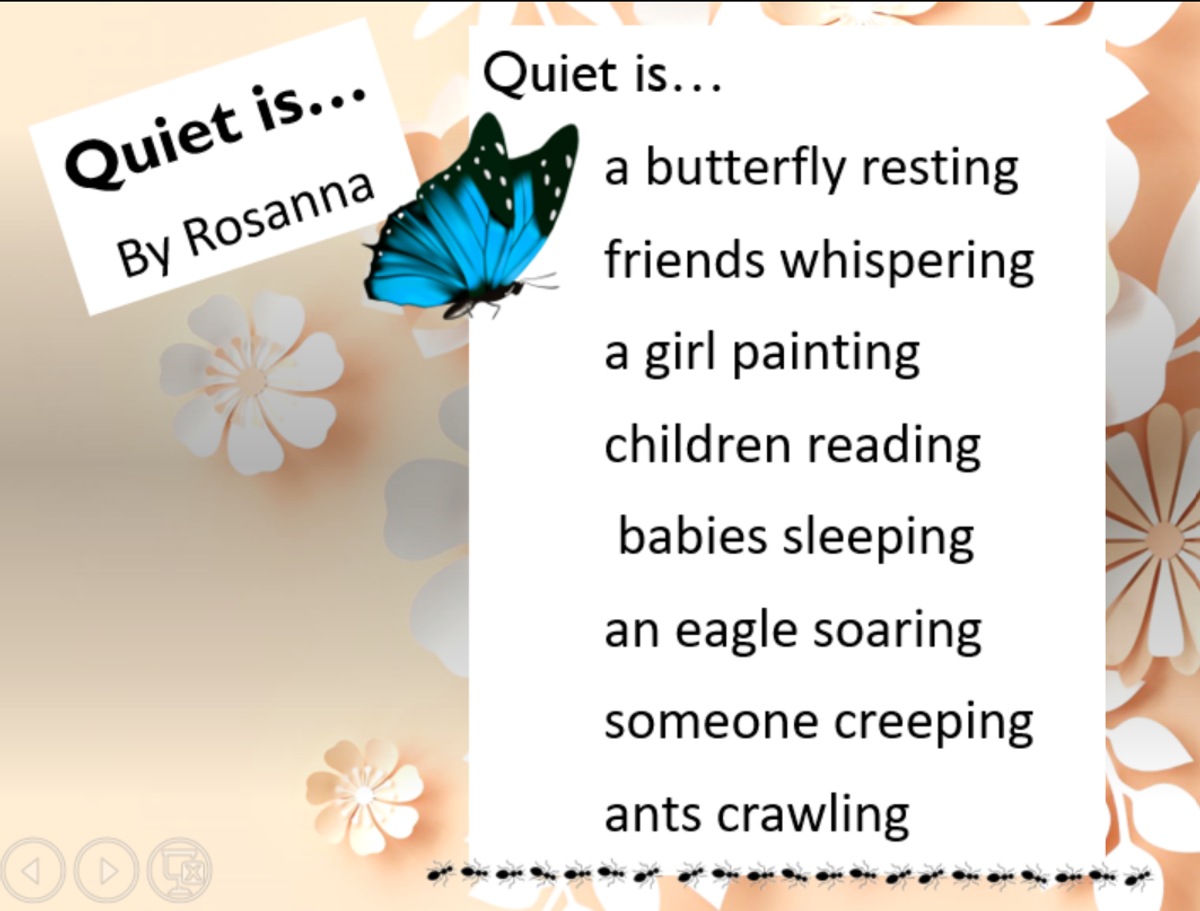Year 2 Bulletin

English
Literacy: Creating Texts
Writing Traits: Word Choice, Ideas
Writing a List Poem
A list poem consists of a list or inventory of things, people, words, times, experiences, feelings or impressions. The poem is created by a list of images that build up to describe its subject. The title of the poem covers the subject of each line. They are very deliberately organised and are not simply random lists of images. List poems don’t require a specific rhyme or rhythm.
Learning Intention:To identify the structure and language features of a list poem as a model for our writing.
Learning Experience Overview
To begin with, we came together as a year level, to break down the meaning of our Learning Intention.
The topic ‘Quiet is…..’ was chosen from the displayed list, to be our class example.
Closing our eyes, we attempted to visualise what ‘quiet’ might look like, feel like, sound like, smell like. We played particular attention to special memories or associations which might come to mind.
The graphic organiser, below, was used to develop and record their ideas.
We discussed the structure of the poem, how each line would begin with a lower case letter, then a noun, followed by a verb that ended in ‘ing’.
Then, together, we modelled how the poem would look, and started to write the first lines of our collective poem, as below:
Prompts:
- words we might associate with ‘quiet’
- special quiet places that might come to mind
- how does experiencing quiet makes us feel?
- what ‘quiet’ images can we visualise?
- what might a quiet scene sound like?
- where would ‘quiet’ be found?
- adjectives to describe the noun – tired babies sleeping
- adverbs to explain the verb –babies calmly sleeping
The second part of our activity, involved students choosing their own topic, to create their individual version of the modelled poem.
They produced a rough copy, which was edited for spelling and grammar, and then produced a final copy, which you will see.
Prompts/questions/responses
Helpful ideas to use during planning the list poem with a specific topic:
- If you close your eyes, what scene comes immediately to mind?
- What colour does that topic make you think of?
- How does that topic make you feel immediately?
- Can you think of any objects or things which are associated with that?
- Does that topic remind you of a special emotion?
- Does that topic make you think of a particular sense?
- What does that topic taste like, look like, smell like, sound like, feel like?
- Once you have the topic in mind, ask yourself where you might see it or find it or discover it.
- If you have decided on a place it could be found, describe that place.
To continue the learning at home, from this experience:
- Continue to encourage your child/ren to write for pleasure at home, and share their writing and ideas with you. You might like to write another, different, list poem together, alternating each line or collaborating on ideas.
- Encourage your child to read more types of poetry, not just the simple rhyming form. Perhaps try poetry books that your local library would stock.
- As you read together, bring their attention to how the writer has used different techniques. Ask them what a certain writer does in their writing, that they could do too – uses descriptive words or comparisons or alliteration.
- Read every day, to expose your children to new ideas, different styles of writing, other structures and ways of looking at the world
- When you are reading together, notice new ways with words and explicit vocabulary which is used to heighten the reader’s mental image of what is happening in the text. Encourage them to use those words and ideas in their own writing.
- Write a poem together based on a known poem, where you can model correct organisation of ideas and structure.
- Be available to help them with spelling and editing their writing.
- Type it up on the computer.
- Make it into a book form, with illustrations.
- Set aside time to read and listen to them reading what they have written
- Encourage all ideas for poems – nonsense poems, rhyming poems, free form poems, limericks.
- Most of all, have fun writing together!
Mrs Evans and Rosanna
Year 2 Team



